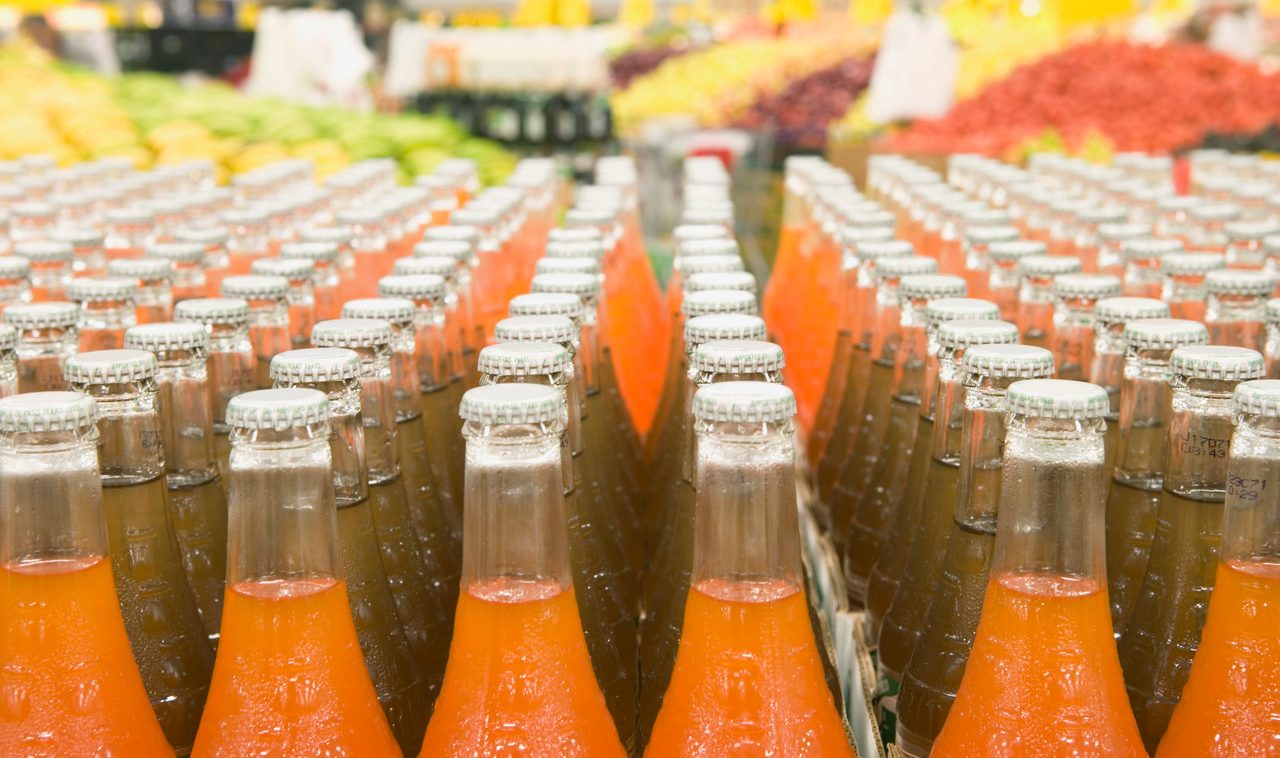How to Kick Your Soda Habit

Health effects such as increased risk of diabetes and heart disease can serve as motivation for you to make better beverage choices.
There really isn’t anything good to say health-wise about drinking soda, or soft drinks, if you prefer. Perhaps you already know that, but in the event you don’t, that one fact might motivate you to quit.
When even the U.S. soda industry pledges to help cut Americans’ soda intake by 20 percent over the next decade, that can be seen as a concession that their products aren’t healthy.
Here’s the rundown. Sugary soft drinks increase the risk of diabetes, heart disease, stroke and other chronic conditions, says the Harvard School of Public Health. People who consume one to two cans a day — or more — have a 26 percent greater risk of developing diabetes than people who don’t drink them regularly.
There is evidence that soda can affect healthy bones. It contains high levels of phosphate; consuming more phosphate than calcium may adversely affect bone health. You get a lot of calcium from milk, plus protein, but there’s an inverse pattern between soft drink consumption and milk consumption — when one goes up the other goes down.
A study in the American Journal of Public Health reported a link between sugar-sweetened soda and cellular aging. A study in another journal linked soda to risk of cancer. Sugary drinks also have been linked, in animal studies, to changes in the brain similar to those seen in many illnesses, including Alzheimer’s disease. Researchers have reported that people who drink two to four liters of cola every day are at risk of hypokalaemia, or low potassium levels, and some serious health problems, including chronic diarrhea.
On average, per person, per year, we drink 44 gallons of soda. They are sweetened not by sugar, as we generally know it, but largely by high fructose corn syrup. The distinction is important because while we have been led to believe that sugar is sugar, a recent study found otherwise.
“We found what ends up being consumed in these beverages is neither natural sugar nor HFCS (high fructose corn sugar), but instead a fructose-intense concoction that could increase one’s risk for diabetes, cardiovascular disease and liver disease,” said Michael Goran, lead author of the study.
“The human body isn’t designed to process this form of sugar at such high levels. Unlike glucose, which serves as fuel for the body, fructose is processed almost entirely in the liver, where it is converted to fat.”
Now that you know why you should quit soda, you are probably thinking about how. If you ask people who have, or who have tried, you’ll probably hear that it isn’t easy.
Here’s an odd example: professional golfer Peter Lawrie says he sank from being ranked around the 200th best player in the world to 725th because he stopped drinking soda. Huh?
“I cut it out completely and went from such a high on sugar to a dramatic low,” he told CBS Sports. “I wouldn’t say I went through a breakdown, but I got exceptionally emotional.”
Certainly, there are other “Lawries” out there. He went from drinking several liters to “two or three” cans a day to find a balance. “(Dropping soda) just didn’t work,” he said. “I don’t know whether it triggered something in my brain or whatever, but I wasn’t the same…when I did it.”
So much for cold turkey. You don’t want to do that. But you do need to start thinking about substitutes, starting with plain water. Others include flavored water, tea, milk, and seltzer.
Start small and slow. If you drink four cans of soda a day, cut down to two for a couple of weeks then one, then none.
If you like the carbonation, switch to sparking mineral water, or no-calorie, naturally flavored carbonated water. Carbonation, in and of itself, is not a health risk.
Try switching to unsweetened green tea. Not only does it have health benefits, but it contains some caffeine, enough to pull you through. Some afternoons you might be dragging because you aren’t swigging caffeinated soda, but your body adjusts.
Fruit juice is okay as an alternative, but since it contains a lot of sugar, add some seltzer, or the other way around.
Avoid temptation. First, get rid of any soda you have in the house. Chances are, if you can see it, you’re going to drink it. Avoid the soda aisle at the grocery store. It may even help to stay out of convenience stores and gas stations because that’s usually where you can buy soda in cups so big you can use them to bail out your boat later.
Here’s the good part. People who have given up soda and gotten past the craving say they feel better. Some mention their gastrointestinal system, others even say their joints don’t ache as much. Best of all, they don’t even want soda anymore, which can’t hurt your self-esteem and sense of accomplishment.
Oh, one more bit of advice you probably won’t appreciate. In case you’re thinking that the easiest thing to do is switch to diet soda, sorry to burst your bubbles.
Researchers at the University of Texas have reported data that indicates diet soft drink consumption is associated with increased waist circumference. In a second study, they found the artificial sweetener aspartame raised fasting blood sugar in diabetes-prone mice.
“Data from this and other prospective studies suggest that the promotion of diet sodas and artificial sweeteners as healthy alternatives may be ill-advised,” said Helen P. Hazuda, PhD, chief of the division of clinical epidemiology, “They may be free of calories but not of consequences.”
Pass the water.
Updated:
April 09, 2020
Reviewed By:
Christopher Nystuen, MD, MBA